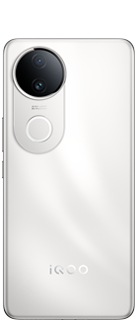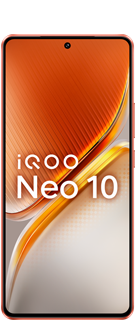IP Address Definition and Explanation

An Internet Protocol (IP) address is the unique identifying number assigned to every device connected to the internet. An IP address definition is a numeric label assigned to devices that use the internet to communicate. Computers that communicate over the internet or via local networks share information to a specific location using IP addresses.
IP addresses have two distinct versions or standards. The Internet Protocol version 4 (IPv4) address is the older of the two, which has space for up to 4 billion IP addresses and is assigned to all computers. The more recent Internet Protocol version 6 (IPv6) has space for trillions of IP addresses, which accounts for the new breed of devices in addition to computers. There are also several types of IP addresses, including public, private, static, and dynamic IP addresses.
Every device with an internet connection has an IP address, whether it's a computer, laptop, IoT device, or even toys. The IP addresses allow for the efficient transfer of data between two connected devices, allowing machines on different networks to talk to each other.
How does an IP address work?
An IP address works in helping your device, whatever you are accessing the internet on, to find whatever data or content is located to allow for retrieval.
Common tasks for an IP address include both the identification of a host or a network, or identifying the location of a device. An IP address is not random. The creation of an IP address has the basis of math. The Internet Assigned Numbers Authority (IANA) allocates the IP address and its creation. The full range of IP addresses can go from 0.0.0.0 to 255.255.255.255.
With the mathematical assignment of an IP address, the unique identification to make a connection to a destination can be made
Public IP address
A public IP address, or external-facing IP address, applies to the main device people use to connect their business or home internet network to their internet service provider (ISP). In most cases, this will be the router. All devices that connect to a router communicate with other IP addresses using the router’s IP address.
Knowing an external-facing IP address is crucial for people to open ports used for online gaming, email and web servers, media streaming, and creating remote connections.
Private IP address
A private IP address, or internal-facing IP address, is assigned by an office or home intranet (or local area network) to devices, or by the internet service provider (ISP). The home/office router manages the private IP addresses to the devices that connect to it from within that local network. Network devices are thus mapped from their private IP addresses to public IP addresses by the router.
Private IP addresses are reused across multiple networks, thus preserving valuable IPv4 address space and extending addressability beyond the simple limit of IPv4 addressing (4,294,967,296 or 2^32).
In the IPv6 addressing scheme, every possible device has its own unique identifier assigned by the ISP or primary network organization, which has a unique prefix. Private addressing is possible in IPv6, and when it's used it's called Unique Local Addressing (ULA).
Static IP address
All public and private addresses are defined as static or dynamic. An IP address that a person manually configures and fixes to their device’s network is referred to as a static IP address. A static IP address cannot be changed automatically. An internet service provider may assign a static IP address to a user account. The same IP address will be assigned to that user for every session.
Dynamic IP address
A dynamic IP address is automatically assigned to a network when a router is set up. The Dynamic Host Configuration Protocol (DHCP) assigns the distribution of this dynamic set of IP addresses. The DHCP can be the router that provides IP addresses to networks across a home or an organization.
Each time a user logs into the network, a fresh IP address is assigned from the pool of available (currently unassigned) IP addresses. A user may randomly cycle through several IP addresses across multiple sessions.
Quester :@Ashu._.pandit__
@iQOO Connect @parakram_h @NITIN
@Arpipandey320 @MKJEDI @Rhythm @Kvkartikji04 @ayuu
Please sign in
Login and share






















